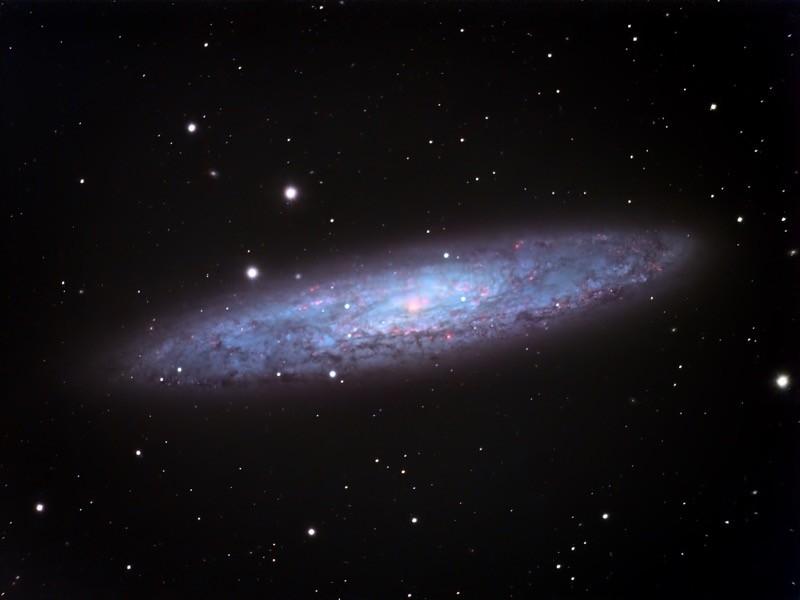Our universe is not as peaceful as what we see in the night sky. Eruptions or catastrophes can happen anywhere at any second.
This time, astronomers may have detected a giant gamma-ray flare from a nearby magnetar.

Our universe is not as peaceful as what we see in the night sky. Eruptions or catastrophes can happen anywhere at any second.
This time, astronomers may have detected a giant gamma-ray flare from a nearby magnetar.